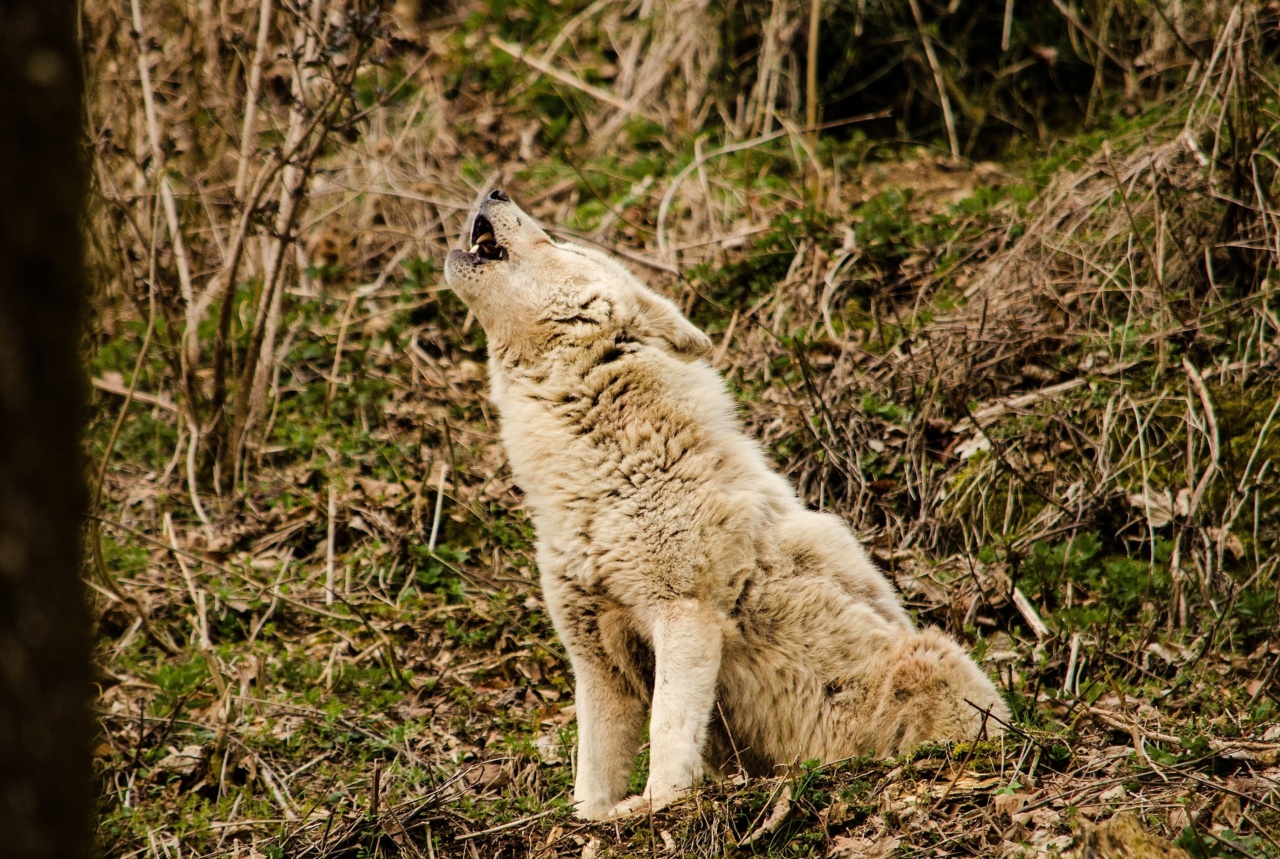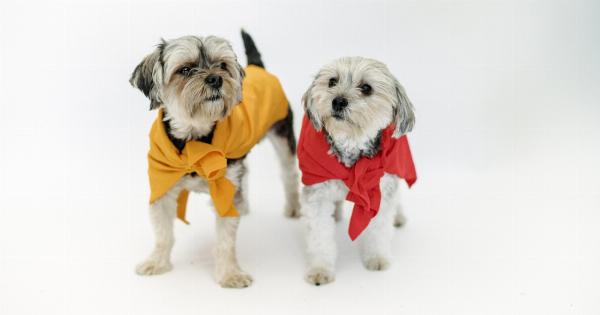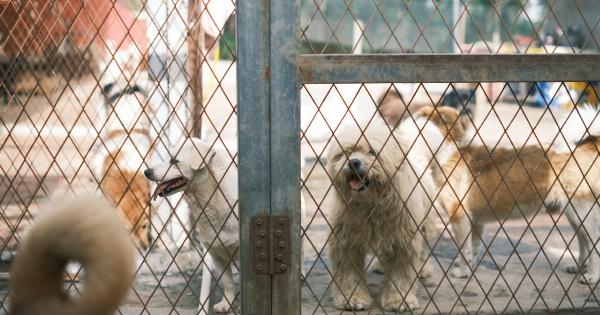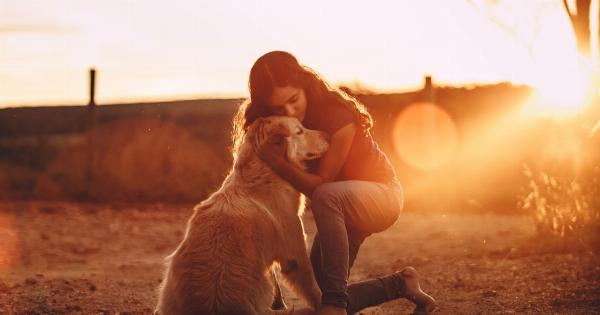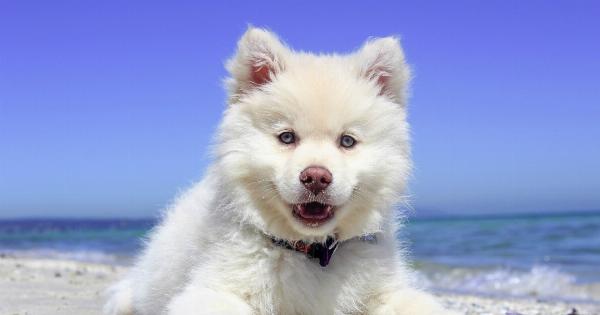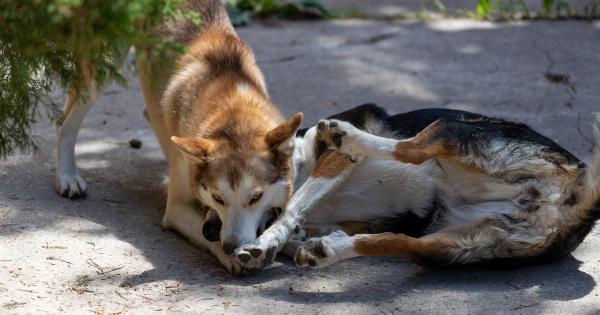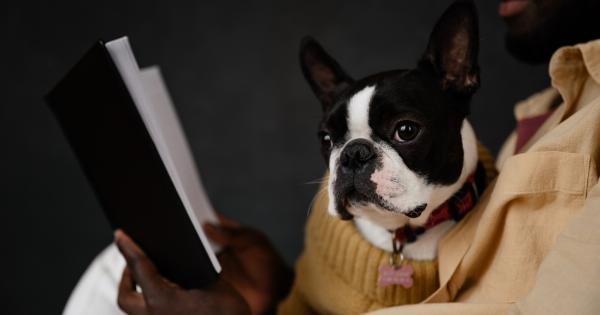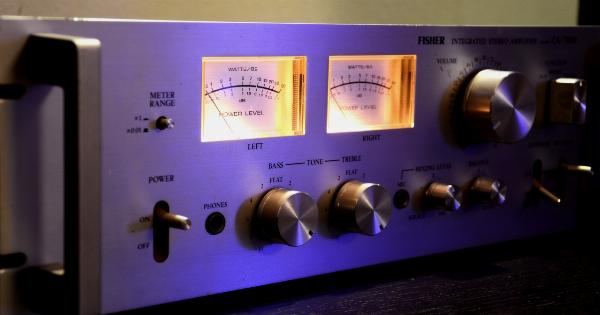They say eyes are the windows to the soul, and nowhere is this truer than in the world of canines. Dogs have a unique ability to communicate through their eyes, conveying a wide range of emotions and messages to both humans and fellow canines.
This mystical form of communication, known as canine ocular communication, is a fascinating topic that deserves our attention and understanding.
The Anatomy of Canine Eyes
Before diving deeper into the world of canine ocular communication, it’s essential to understand the anatomy of a dog’s eyes.
While sharing some similarities with human eyes, there are a few key differences that contribute to their unique ability to convey messages.
Dogs have a larger field of vision than humans, with a visual range of approximately 240 degrees compared to humans’ 180 degrees. This wide field of vision allows them to perceive movement and detect potential threats more effectively.
Another critical difference lies in the presence of a tapetum lucidum, a reflective layer behind the retina that enhances their ability to see in low-light conditions. This layer is responsible for their characteristic glowing eyes at night.
The Language of Canine Eyes
Canine ocular communication relies on a combination of eye contact, blink rate, and the size and shape of the pupils. By understanding these cues, we can decode the messages their eyes convey.
1. Eye Contact
Eye contact holds different meanings in the dog world compared to human culture. In canine society, direct eye contact can be seen as a challenge or act of dominance. It often signals an assertive or confrontational posture.
Conversely, averted eyes indicate submission or deference.
2. Blink Rate
Blink rate can indicate a dog’s level of comfort or stress. A relaxed and content dog will have a slower blink rate, while a rapid blink rate may indicate anxiety or nervousness.
It’s important to pay attention to blink rate in various contexts to understand a dog’s emotional state.
3. Pupil Size
Pupil size can reveal a dog’s emotional arousal. When a dog is happy or content, their pupils are typically dilated. Conversely, fear or aggression may cause their pupils to constrict.
Observing changes in pupil size can provide valuable insights into a dog’s emotional state.
Common Forms of Canine Ocular Communication
Now that we understand the basic language of canine eyes, let’s explore some common forms of ocular communication and their meanings.
1. “Soft Eyes”
When a dog relaxes their gaze and partially closes their eyes, it is often a sign of friendliness and submission. This softening of the eyes indicates a sense of trust and comfort.
Dogs use this expression to convey non-threatening intentions to other dogs or humans.
2. “Hard Eyes”
Contrary to soft eyes, hard eyes are characterized by an intense, unwavering gaze. This type of eye expression typically signifies assertiveness, dominance, or alertness. Dogs display hard eyes when they perceive a potential threat or challenge.
3. “Whale Eye”
The term “whale eye” refers to the white portion of a dog’s eye becoming visible, usually on one side. This phenomenon indicates anxiety, fear, or stress. Dogs display whale eye when they feel cornered, uncomfortable, or threatened.
It’s crucial to approach a dog showing whale eye cautiously and provide them with space.
4. “Loving Eyes”
When a dog looks at their owner or someone they adore, their eyes often appear soft and loving. This gaze is typically accompanied by a relaxed body posture, wagging tail, and possibly even raised eyebrows.
These loving eyes communicate a deep bond and affection.
5. “Side-Eye”
Side-eye is a behavior dogs exhibit when they want to communicate their desire for attention or engage in play. It involves turning their head away from the desired object or person while maintaining eye contact from the corner of their eye.
Dogs may deploy this tactic to manipulate or seek interaction.
6. “Staring Contest”
A prolonged and intense stare between dogs or between a dog and a human is often seen as a challenge or a test of dominance. Staring contests may lead to aggressive behavior and should be avoided, especially when interacting with unfamiliar dogs.
7. “Avoidance Eyes”
When dogs feel overwhelmed, anxious, or frightened, they may avert their gaze or avoid eye contact altogether. This behavior signifies a need for space, reassurance, or a gentle approach.
8. “Slow Blink”
A slow blink is a deliberate closing and opening of the eyes. This action is a calming signal that dogs use to communicate their non-threatening intentions.
Slow blinking is particularly effective when trying to diffuse tense situations or build trust with a fearful or anxious dog.
9. “Wide Eyes”
Wide eyes, also known as “whale eyes” when coupled with the exposure of the whites, indicate fear or extreme stress. Dogs displaying wide eyes may feel threatened or uncomfortable in their current environment.
10. “Raised Eyebrow”
Just like humans, dogs have muscles that allow them to raise their eyebrows. When a dog raises one eyebrow, it often indicates curiosity, inquisitiveness, or heightened attention.
This expression can be observed when a dog encounters a novel object or situation.
The Limitations of Canine Ocular Communication
While canine ocular communication provides valuable insights into a dog’s emotional state and intentions, it’s important to remember that it is just one component of their overall communication repertoire.
It should be considered alongside other body language cues such as tail position, ear movement, vocalizations, and overall posture.
Additionally, like humans, every dog has a unique personality and may display variations in their ocular communication. Familiarity with an individual dog’s behavior and patterns is crucial for accurate interpretation.
Respecting Canine Communication
Understanding canine ocular communication can help us form deeper connections with our furry friends. By respecting their communication signals and responding appropriately, we can build trust, strengthen bonds, and ensure their emotional well-being.
Remember, dogs do not possess verbal language skills to express their needs or emotions. It is our responsibility to listen to their silent, yet powerful, messages communicated through their eyes and body language.
A Window to the Canine Soul
The mystical world of canine ocular communication invites us to explore the rich tapestry of emotions and messages dogs convey through their eyes.
By decoding these signals, we can deepen our understanding of our four-legged companions and enhance our ability to nurture and care for them.
